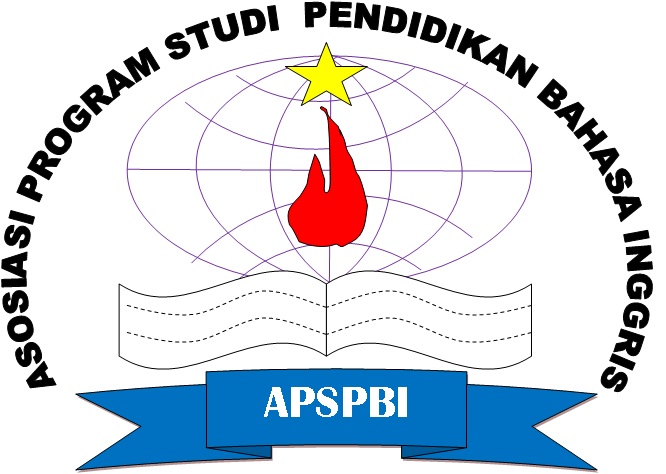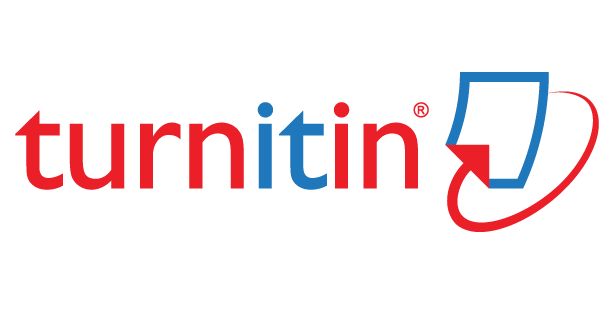WATCHING VIDEOS TO IMPROVE AUTONOMOUS LEARNING BEHAVIOR FOR UNIVERSITY STUDENTS AS GENERATION Z
DOI:
https://doi.org/10.21460/saga.2020.11.25Keywords:
autonomous learning, videos, devices, preferenceAbstract
Technological changes have brought great impacts for the development of teaching and learning process. Moreover, students as generation Z are usually keen on experiencing new methods to learn. The objectives of the study are to investigate activities preferred by students in learning English autonomously and to analyze why they choose them. Mixed methods were applied to get deeper and broader analysis on autonomous learning behavior among the participants. Descriptive quantitative analysis and phenomenology approaches were used in the study. The result showed that watching videos became the most favorable activity to learn English autonomously because the media offered some benefits in terms of vocabulary enrichment, listening enhancement, and pronunciation practice. However, teachers’ guidance to choose what videos to watch were admittedly required.
References
Brunner, I. (2013). Using language learning resource on youtube. ICT for language learning 6th edition. Florence- Italy : ICT for Language Learning .
Genc, G. (2015). Autonomous learning capacitty of EFL student teachers. International Journal of Languages' Education and Teaching , August, 3/2. p. 23-42.
Hsieh , H.-C., & Hsieh, H.-L. (2019). Undergraduates' out-of-class learning: Exploring EFL students' autonomous learning behaviors and their usage of resources. Education Sciences, Vol. 9 p. 1-15.
Idri, N. (2012). Education and reform to reach autonomous learners: Between reality and myth. Procedia - Social and Behavioral Sciences, Vol. 69 P. 2174 - 2183.
Ilin, G., Kutlu, O., & Kutluay, A. (2013 ). An action reserach: Using videos for teaching grammar in an ESP class. Procedia - Social and Behavioral Seiences , Vol. 70, P. 272-281.
Ivanovska , B. (2015). Learner autonomy in foreign language education and in cultural context . Procedia Social and Behavioral Sciences, 352-356.
Karababa, Z. C., Eker, D. N., & Arik , R. S. (2010). Descriptive study of learner's level of autonomy: Voices from the Turkish language classes. Procedia Social and Behavioral Sciences, 1692-1698.
Prensky , M. (2001). Digital game-based learning. New York: McGraw-Hill.
Sultana, S. ( 2018). Need analysis: An invaluable step for successful autonomous learning. English Language Teaching, Vol. 11, No. 7; page 37 - 47.
Yasin, B., Mustafa, F., & Permatasari , R. (2018). How much videos win over audios in listening instruction for EFL learners. TOJET: The Turkish Online Journal of Educational Technology, Vol. 17 issue 1, P. 92-100 .
Yurdakul , C. (2017). An investigation of the relationship between autonomous learning and lifelong learning. International Journal of Education Research Review , Vol. 2 p.15-20 .
















